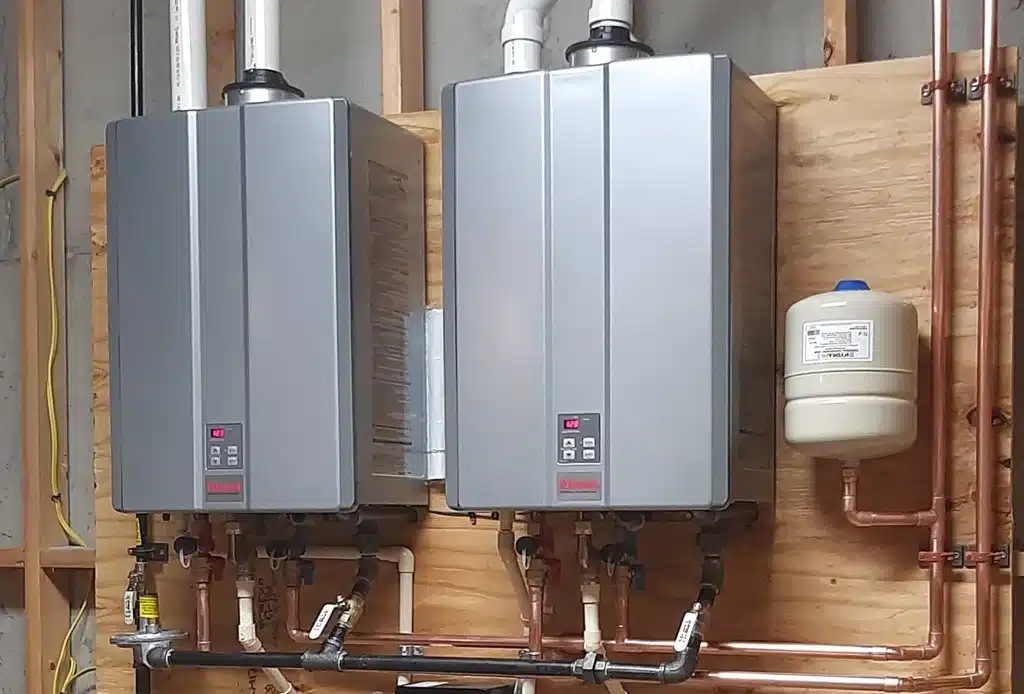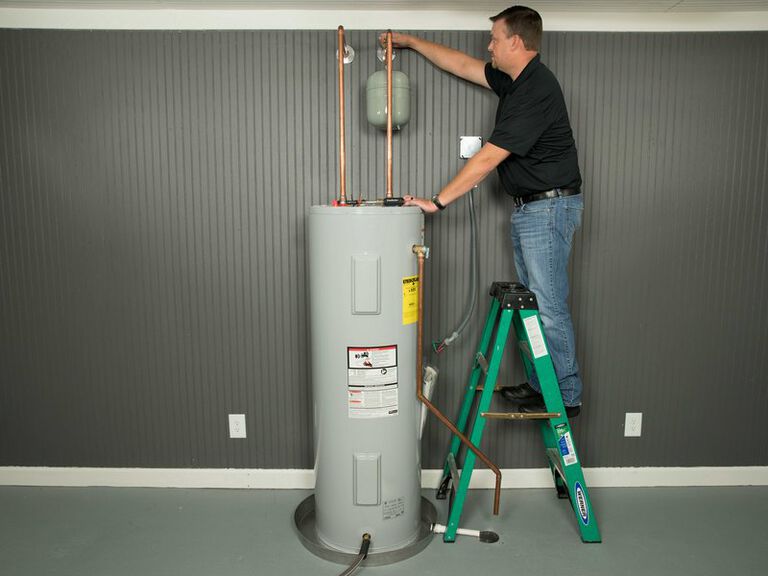Certified Gas Leak Repair for Your Protection and Security
Certified Gas Leak Repair for Your Protection and Security
Blog Article
Complete Overview to Water Heating UnitInstallment and Substitute
Recognizing the details of water heating system installment and substitute is vital for house owners seeking to guarantee efficiency and reliability in their warm water supply. From picking the proper type and size to executing a smooth setup process, several variables have to be thought about to prevent common challenges.
Kinds Of Hot Water Heater
When taking into consideration hot water heater installation and substitute, it is important to comprehend the various kinds of water heating units offered in the market. One of the most typical types consist of tank water heating units, tankless water heaters, warmth pump water heating units, and solar water heaters.
Container water heaters are standard systems that save a specific volume of warm water, making them conveniently available when required. In comparison, tankless water heaters offer warm water on need, eliminating the requirement for storage space.
Warmth pump water heaters use power to transfer heat from the air or ground to warm water, using substantial energy savings however needing even more room and specific installation conditions. Solar water heaters harness solar energy to heat water, providing an eco-friendly alternative with possible lasting price financial savings, although they usually call for a back-up system for gloomy days.
Recognizing these choices makes sure notified decisions regarding installment and replacement, accommodating details requirements and preferences.
Picking the Right Dimension
Selecting the appropriate dimension for a water heating unit is essential to ensure optimum performance and performance. A system that is too tiny will struggle to fulfill home needs, causing inconsistent warm water availability and raised energy intake. On the other hand, an oversized hot water heater can result in unneeded energy waste and greater utility expenses.
To determine the ideal size, think about the household's height hot water usage. This can be calculated based on the variety of occupants and their normal warm water requirements. A household of 4 might call for a water heater with an ability of 50 to 80 gallons, depending on the use patterns, such as synchronised showers and laundry.
Furthermore, analyze the recovery rate, which gauges just how rapidly a heating system can restore warm water after it has been utilized. For tankless models, concentrate on the circulation price, measured in gallons per minute (GPM), to ensure it satisfies the house's simultaneous demand.

Installment Process Review

Following, the old system must be separated and eliminated, taking care to adhere to regional codes and laws relating to disposal. Once the old system is out, the new hot water heater can be positioned in position. This step entails linking the water supply lines, making sure that all fittings are safe and leak-free.
After developing water connections, it's important to connect the power supply, whether electrical or gas, following the producer's guidelines carefully. As soon as all connections are made, the system must be loaded with water, and the power can be turned back on. It's essential to examine for leakages and ensure the water heating unit is operating appropriately before completing the setup procedure.
Usual Installation Mistakes

One more constant Go Here error is disregarding to comply with neighborhood codes and policies. Falling short to abide by these standards can not only bring about safety risks however might likewise lead to costly fines or the demand for costly reinstallation. Furthermore, inappropriate venting is an important issue. Insufficient ventilation can cause hazardous gas build-up, positioning severe health risks.
Inaccurate plumbing links are likewise a widespread blunder. Falling short to secure connections or using the wrong sort of fittings can result in leaks and water damage. Moreover, ignoring the relevance of a correct drainpipe frying pan can cause substantial water damages if leakages do happen. Poor insulation of pipes can lead to warmth loss, lowering performance. By staying clear of these common installation blunders, home owners can guarantee their hot water heater operates safely and successfully, maximizing efficiency and durability.
Upkeep Tips for Durability
Proper maintenance of a hot water heater is vital for its durability and optimal efficiency. Regular evaluations and servicing can prevent expensive repair work and expand the home appliance's life-span. Begin by inspecting the temperature level setting; it needs to normally be set between 120 ° F and 140 ° F for optimum energy performance and safety.
Every 6 months, flush the storage tank to get rid of sediment build-up, which can impair home heating performance and cause deterioration. To do this, shut off the heating unit, attach a hose pipe to the drainpipe shutoff, and let the water run up until it is clear.
When they are corroded,Anode rods must be evaluated yearly and changed. These poles help avoid container deterioration by attracting destructive components in the water.
Additionally, inspect the pressure alleviation shutoff routinely to guarantee it is operating appropriately. This valve is important for stopping too much stress build-up within the tank.
Lastly, think about setting up a specialist maintenance check every few years for comprehensive assessments and maintenance. By sticking to these upkeep ideas, home owners can dramatically boost the performance, safety and security, and lifespan of their water heaters, ensuring dependable warm water for years to come.
Verdict
In conclusion, correct setup and upkeep of water heating units are critical for making sure efficiency and long life. By understanding these crucial elements, home owners can accomplish a find this reliable hot water supply while minimizing prospective concerns associated to water heating system operation.
Comprehending the intricacies of water heating unit installment and replacement is vital for homeowners seeking to make certain efficiency and dependability in their warm water supply.Tank water heating units are typical systems that store a certain quantity of warm water, making them readily available when required. In comparison, tankless water heaters supply warm water on need, eliminating the requirement for storage space. Picking a water heater that is either as well tiny or too large can visit this web-site lead to ineffectiveness, resulting in poor warm water supply or excessive energy usage.
By comprehending these crucial facets, homeowners can accomplish a trustworthy warm water supply while minimizing potential issues associated to water heating unit procedure. water heater installation.
Report this page